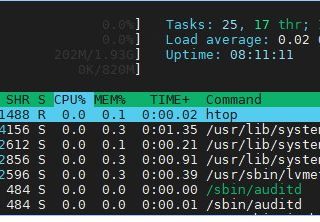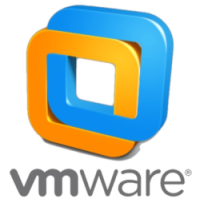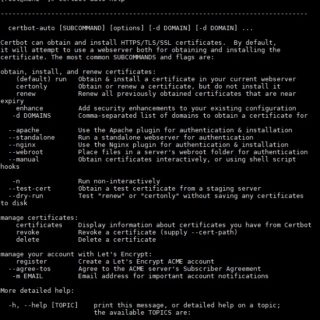
pihole becomes unresponsive
If pihole becomes unresponsive, one reason may be that the diskspace is full. The diskspace may become full from an excessively large pihole database and or /var/log entries. In a recent case, both were the cause. Stopping the services and truncating the logs in /var/log and deleting the database worked in this case. The following logs were large, but I…
Read More »

